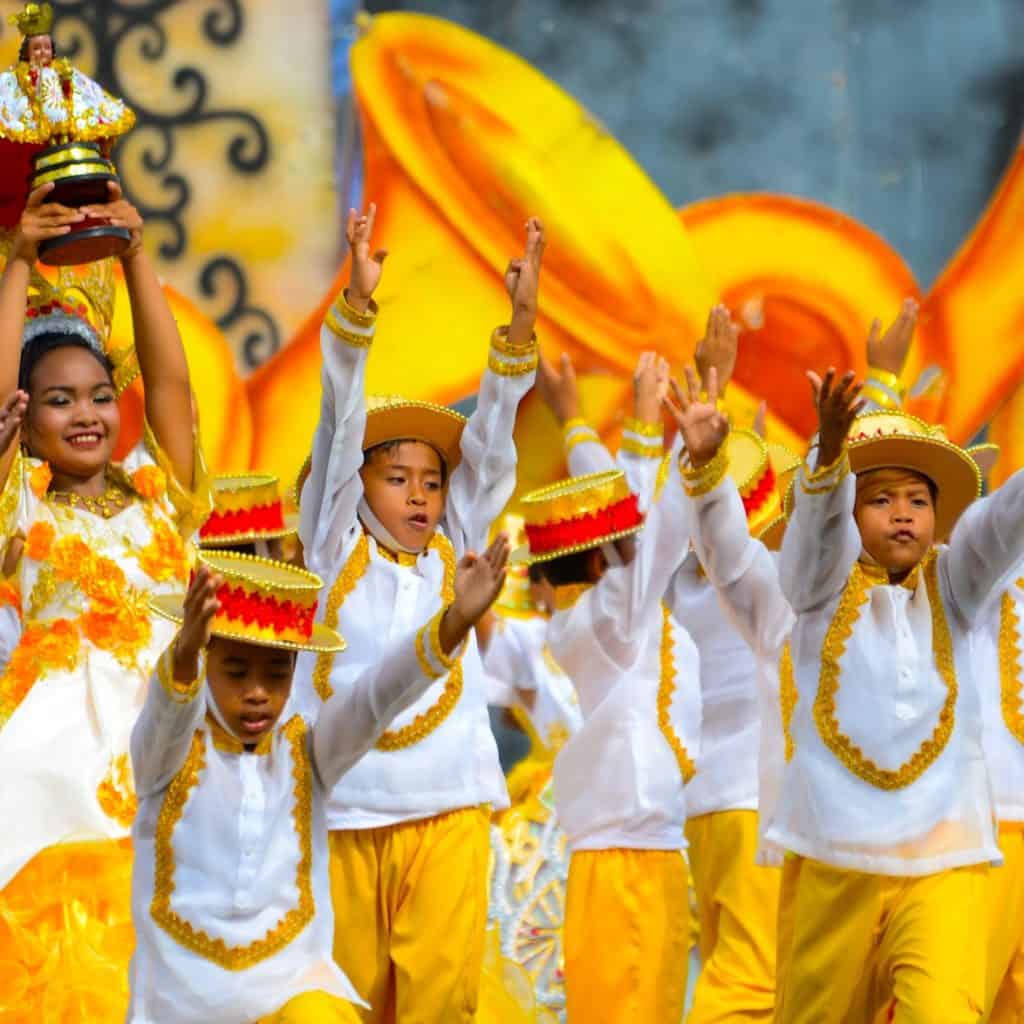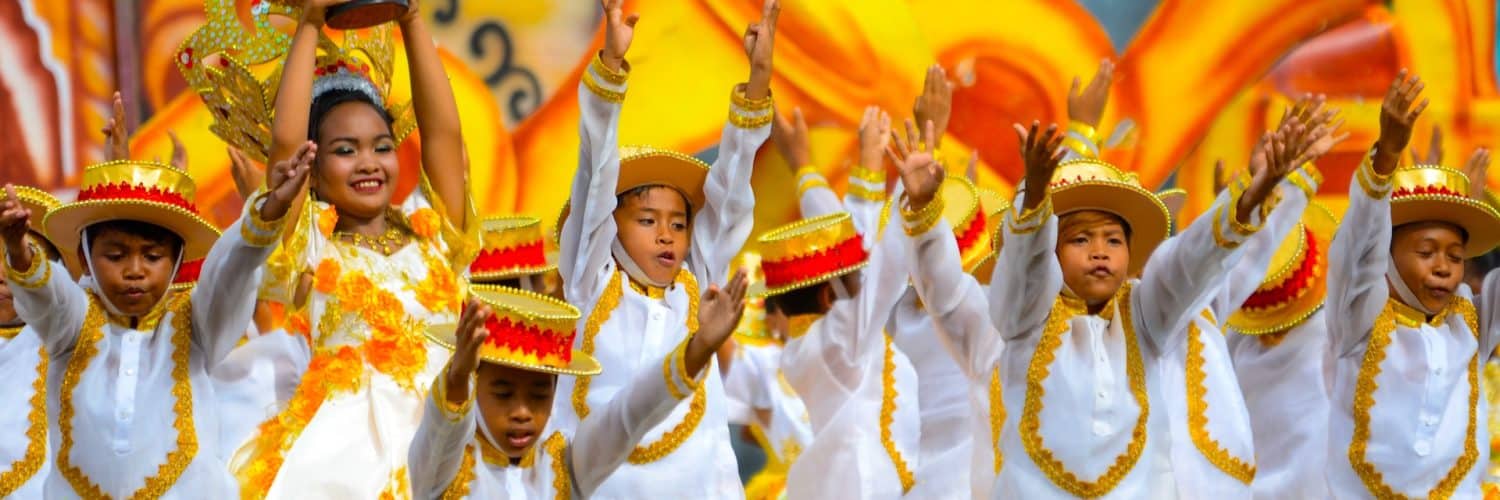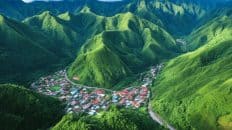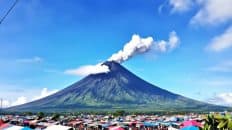The Philippine festivals paint a vivid picture of a nation that values its heritage, celebrates its blessings, and faces challenges with unparalleled resilience. These celebrations are a testament to the Filipino spirit – always jubilant, hopeful, and proud. Whether it’s dancing in the streets of Cebu or admiring the floral floats in Baguio, attending a Filipino festival is a sensory and soulful experience that stays with you long after the music has faded and the parade has ended.
The Philippines is a country steeped in history, diverse cultures, and traditions. One of the most vibrant ways through which Filipinos express their unique cultural heritage is through their festivals. These celebrations are an amalgamation of indigenous, Spanish, and even American influences that have shaped the country’s history over the centuries. From the colorful parades to the spirited dances, each festival tells a story – a narrative deeply rooted in the Filipino spirit.
1. Sinulog Festival – Cebu City
Every third Sunday of January, Cebu City comes alive with the rhythmic beats of drums and trumpets as the Sinulog Festival takes center stage. The festival commemorates the Filipino people’s conversion to Christianity and the revered image of the Santo Niño (Child Jesus). Dancers, clad in bright-colored costumes, perform the traditional Sinulog dance, moving their feet in two steps forward and one step backward to the beat of the drums.
The Sinulog Festival is not merely an event but a symbolic dance ritual that dates back at least 500 years. Its roots lie in Cebu’s pre-colonial past when natives danced in honor of wooden statues. With the advent of Spanish colonization and the conversion of many Filipinos to Christianity, the dance was repurposed to honor the Santo Niño. Dancers sway to drum beats in a forward-backward movement mimicking the current of Cebu’s Pahina River. But beyond the rhythm and costumes, Sinulog offers a spiritual journey, echoing the Filipinos’ embrace of Catholicism while still holding onto their indigenous spirit.

2. Panagbenga – Baguio City
Translating to “Season of Blooming,” Panagbenga is Baguio City’s way of welcoming the arrival of spring in February. Floats decorated with multitudes of flowers parade down the city’s streets. The cool climate of the mountainous region ensures a refreshing backdrop for a festival that celebrates nature’s bounty.
Heralding spring’s arrival in the “Summer Capital of the Philippines,” the Panagbenga Festival embodies the resilience and rebirth of Baguio City, especially after a devastating earthquake in 1990. The name ‘Panagbenga,’ from the local Kankanaey dialect, reflects this spirit of rising anew. During the month-long festivities, the city becomes a vibrant tapestry of floral floats and street dancing, celebrating the richness of the Cordilleran culture. It’s more than just aesthetics; it’s a testament to the community’s unity and the region’s lush flora, turning the city into a veritable garden in full bloom.
3. Pahiyas – Lucban, Quezon
Pahiyas, celebrated every 15th of May, honors San Isidro Labrador, the patron saint of farmers. Houses are adorned with colorful displays made of rice, fruits, vegetables, and other farm produce. The most distinctive decoration is the ‘kiping,’ vibrant rice-made leaf decorations that add flair to the festive atmosphere.
Set against the backdrop of the idyllic town of Lucban, Pahiyas is a thanksgiving festival that is both a visual and gastronomic feast. It originated from a humble farmers’ ritual of offering a portion of their harvest to the foot of Mount Banahaw as a gesture of gratitude to its gods. As times changed, so did the rituals, which transitioned to offering harvests in front of homes and then decorating entire facades with colorful, edible displays. The ‘kiping,’ a key decorative element made from rice, can be fried and eaten, symbolizing the close-knit relationship between sustenance, art, and gratitude in the community.
4. Moriones Festival – Marinduque
During Holy Week, the island province of Marinduque transforms into a live stage showcasing the story of Roman soldier Longinus. Participants wear masks (morion) depicting fierce Roman soldiers. The streets are filled with reenactments, making the religious narrative come alive.
Rooted deeply in religious history, the Moriones Festival is a riveting week-long commemoration of Roman soldier Longinus. Legend speaks of Longinus being blind in one eye, and upon spearing Jesus during his crucifixion, drops of Christ’s blood fell into his eye and miraculously restored his sight. This transformation from persecutor to believer is intensely portrayed on the streets of Marinduque. Participants, wearing hand-carved wooden masks and Roman regalia, roam the streets, reenacting this tale of faith, redemption, and miracle, blending spectacle with spiritual introspection.
5. Ati-Atihan – Kalibo, Aklan
Held in January, the Ati-Atihan Festival pays homage to the Santo Niño while celebrating the history and diversity of the Aklan province. Participants paint their faces with black soot and wear indigenous attire, dancing passionately to the sound of drums.
The rhythmic drumbeats of Ati-Atihan tell a tale as old as time. It celebrates the barter of Panay Island between 10 Malaysian chieftains and the native Ati people, and the subsequent integration of their cultures. Over time, this celebration of camaraderie and unity evolved to incorporate religious undertones with the arrival of the Spaniards and the veneration of Santo Niño. Participants, with their soot-blackened faces and tribal attire, dance fervently on the streets, inviting everyone to join, blurring the lines between locals, tourists, the past, and the present.
6. Kadayawan – Davao City
Kadayawan, derived from the Mandaya word “dayaw” meaning “good,” is Davao City’s ode to its bounteous harvest, celebrated in August. It showcases the city’s eleven tribal groups through street dancing, float parades, and various indigenous performances.
Celebrated in the heart of Mindanao, Kadayawan honors not just the city’s bounteous harvest but also its indigenous roots. Derived from the Mandaya word “dayaw,” Kadayawan encapsulates all things good, from the land’s produce to the indigenous traditions. Highlighting the week-long event are the vibrant street dances and float parades showcasing the city’s eleven tribal groups. It is a harmonious marriage of Davao’s cultural past with its cosmopolitan present, an ode to its indigenous tribes and their harmonious relationship with the land.
7. Obando Fertility Rites – Obando, Bulacan
Every May, childless couples flock to Obando in hopes of being blessed with a child. They dance joyfully in the streets, asking for the intercession of Santa Clara.
In a country where faith intermingles seamlessly with everyday life, the Obando Fertility Rites stand out as both poignant and hopeful. Over the span of three days in May, hopeful parents-to-be, alongside other pilgrims, dance gracefully through the streets, their movements reflecting deep-seated desires, prayers, and dreams. Guided by the belief that saints can intercede for them, couples seek the blessings of Santa Clara and other saints to fulfill their dreams of parenthood. It’s a dance of faith, hope, and a testament to the lengths Filipinos will go to merge spirituality with life’s deepest desires.
8. Maskara Festival – Bacolod City
Held in October, the Maskara Festival is a way for the people of Bacolod to display their resilience and cheerful spirits despite life’s adversities. Participants wear smiling masks, reflecting the city’s moniker as the “City of Smiles.”
In the heart of Negros Occidental, Bacolod City’s Maskara Festival emerged from socio-political challenges in the 1980s as an affirmation of the city’s spirit. Despite the sugarcane industry crisis, Bacolodnon chose to face adversities with a smile, hence the birth of the festival. Participants don vibrant masks with radiant smiles, dancing joyfully on the streets. The masks, often handcrafted with intricate designs, symbolize the resilience, optimism, and indomitable spirit of the people, earning Bacolod its title as the “City of Smiles.”
9. Pintados Festival – Tacloban City
Pintados Festival in June is a tribute to the region’s rich history and brave ancestors. Participants paint their bodies with intricate patterns mimicking the tattooed warriors of the ancient Visayas.
A homage to bravery and identity, the Pintados Festival celebrates the legacy of the ancient warriors of Leyte and Samar. Before the Spanish colonization, the Visayans were known for their intricate tattoos, which denoted their bravery, status, and life journeys. The festival revitalizes this lost tradition, with participants painting their bodies with elaborate patterns, rekindling pride in a heritage that once was. It’s not just a parade; it’s a reclaiming of history, of valor, and of identity.
10. Parol Festival – San Fernando, Pampanga
Come December, Pampanga, the “Christmas Capital of the Philippines,” is illuminated with ‘parols’ or star-shaped lanterns. These intricate creations made of capiz shells and other materials are a symbol of the Filipino Christmas spirit.
December in the Philippines is synonymous with Christmas, and the ‘parol’ (lantern) is its enduring symbol. These star-shaped lanterns, originating from San Fernando, Pampanga, have transcended being mere decorations to become embodiments of the Filipino Christmas spirit. The Parol Festival showcases a range of these lanterns, from simple bamboo structures to grand illuminations with intricate designs and rotating mechanisms. Each ‘parol’ tells a story – of craftsmanship, tradition, and the undying hope that radiates during the Christmas season.
Why Festivals Matter
Filipino festivals are more than just days of merriment. They are embodiments of the nation’s soul, reflections of its history, and expressions of communal aspirations. They foster unity, preserve traditions, and present an opportunity for younger generations to connect with their roots.
The Evolving Nature of Festivals
While rooted in history and tradition, Philippine festivals are not immune to change. Modern influences, technological advancements, and the changing socio-cultural landscape have shaped the way these festivals are celebrated. Yet, the core essence remains, ensuring that the heart and soul of these festivities are forever Filipino.


















Add comment